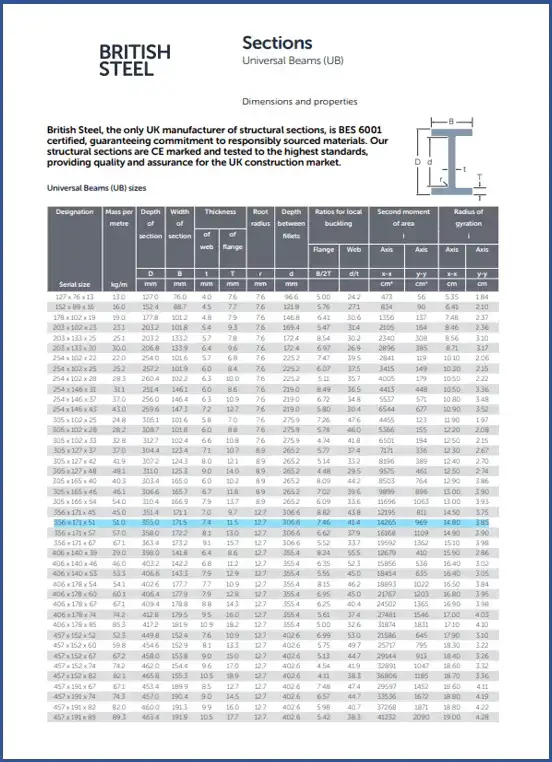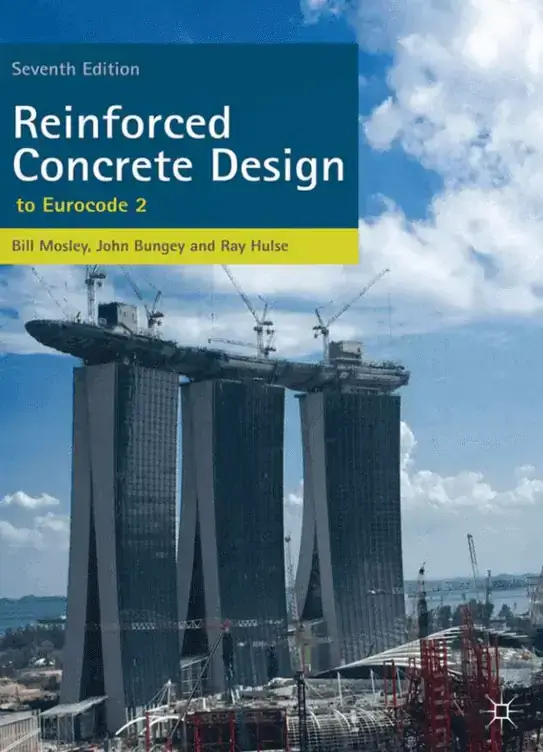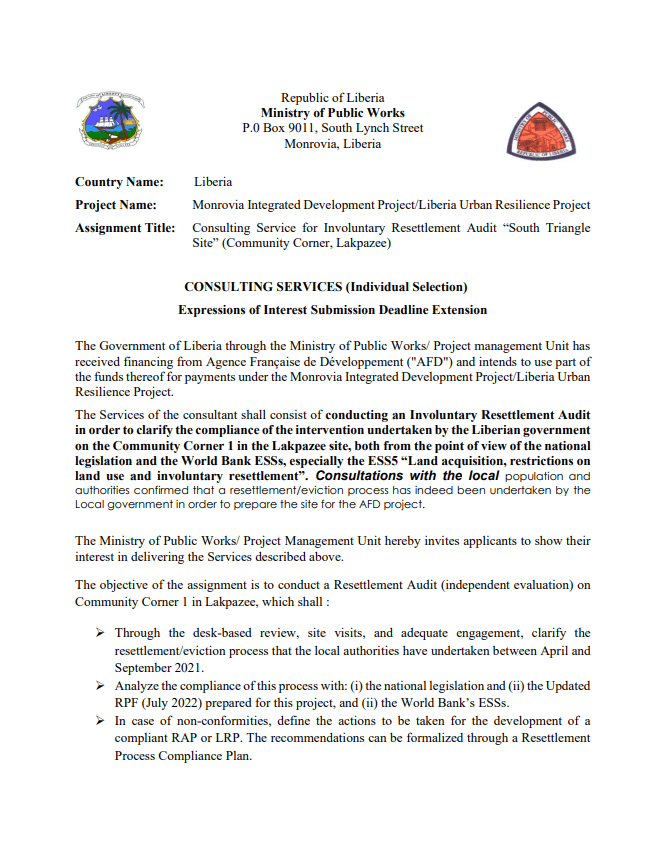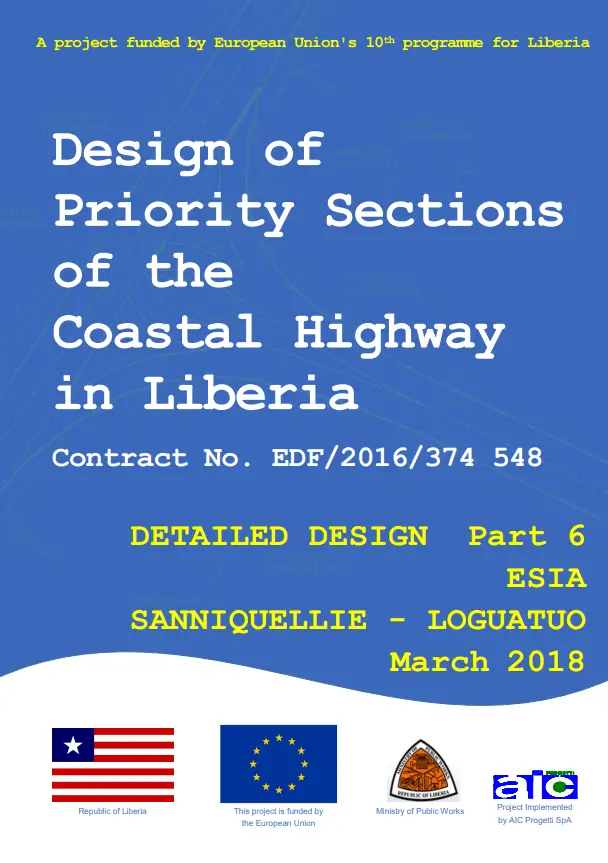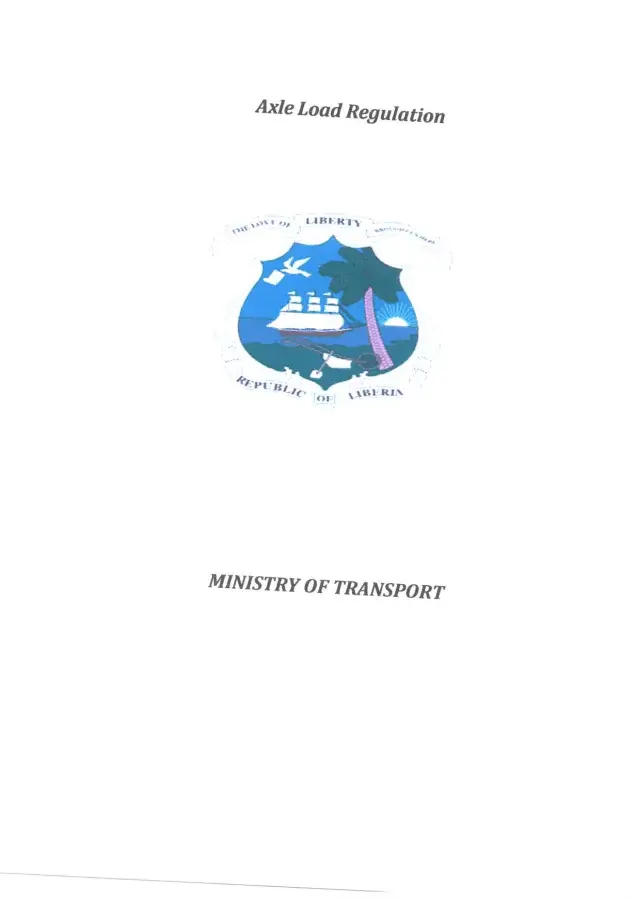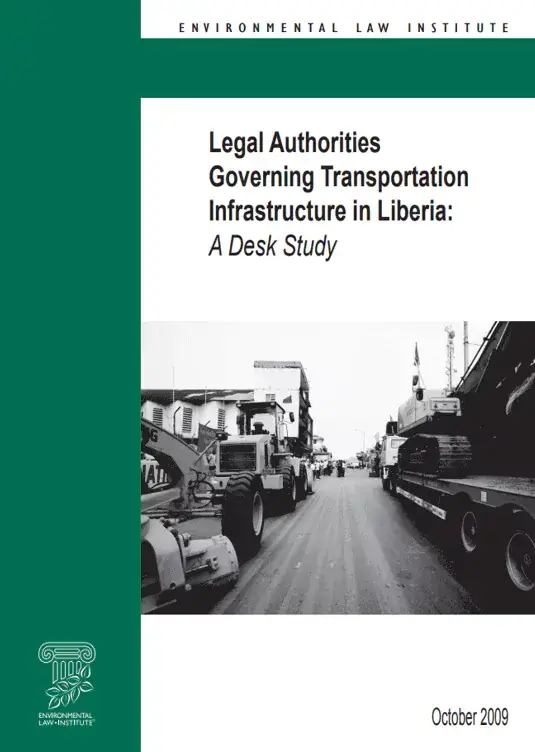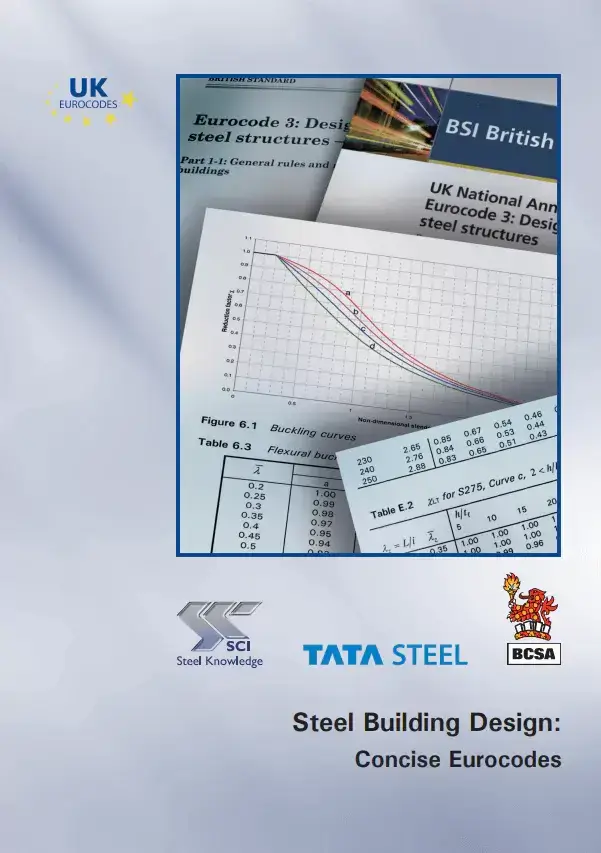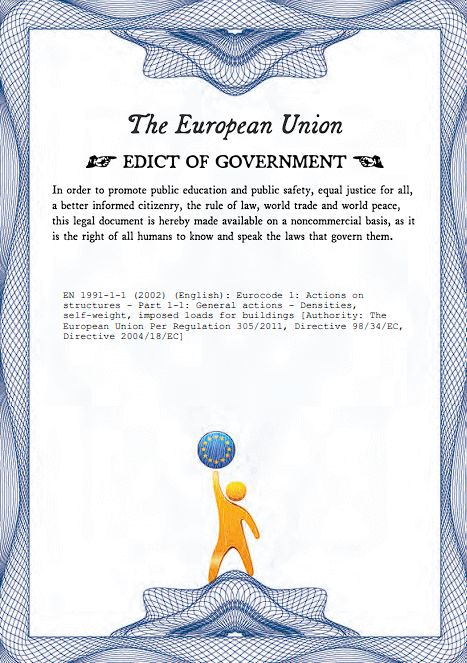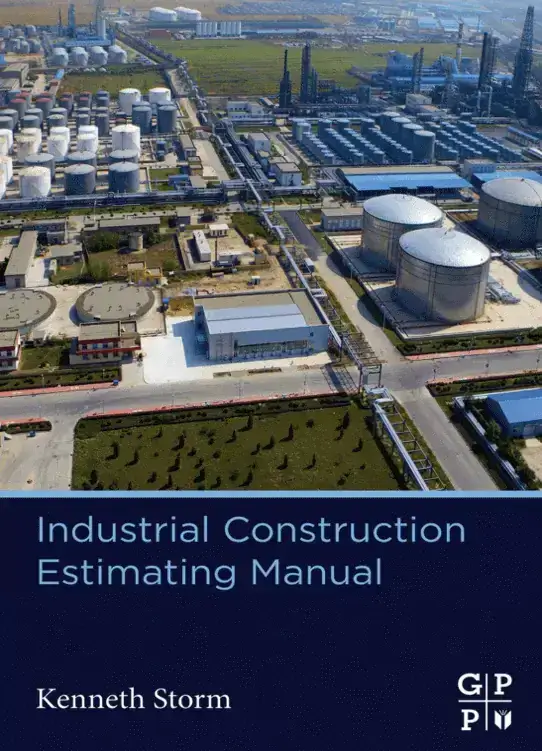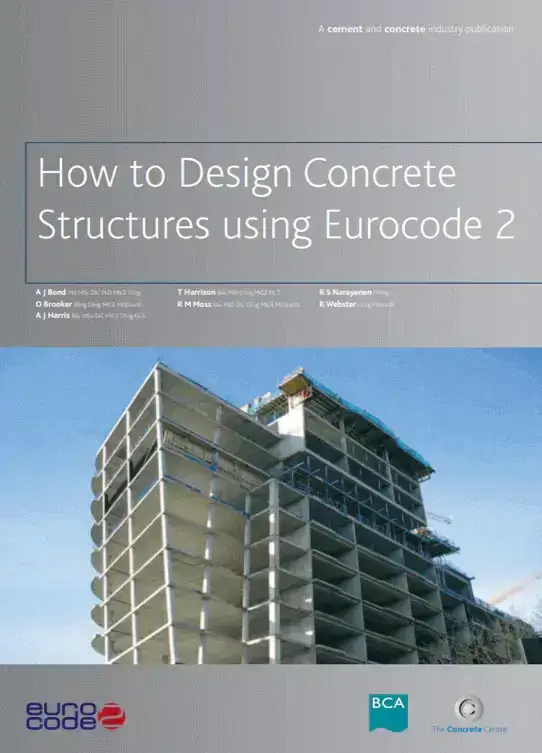The purpose of this book is to provide a straightforward introduction to the principles and methods of design for concrete structures. It is directed primarily at students and young engineers who require an understanding of the basic theory and a concise guide to design procedures. Although the detailed design methods are generally according to European Standards (Eurocodes), much of the theory and practice is of a fundamental nature and should, therefore, be useful to engineers in countries outside Europe.
Bill Mosley
Formerly Senior Teaching Fellow, Nanyang Technological Institute, Singapore John Bungey
Emeritus Professor of Civil Engineering,
University of Liverpool, UK
Ray Hulse
Formerly Associate Dean, Faculty of Engineering and Computing,
Coventry University, UK
